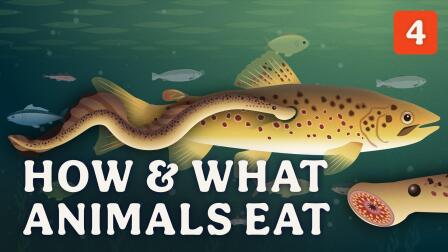Back to Show
Crash Course Zoology
Diversity of Bodies & Sizes (but mostly crabs)
Season 1
Episode 3
Even though animals can look very different on their surface, there are surprising similarities in how they’ve evolved to solve major problems - like how to support and move their bodies. Today, we’ll take a look at the various ways animals can grow, learn how and why some animals evolved to have a head and others evolved to not have a head, and examine the different types of skeletons.
Support Provided By

12:35
We review all that we've learned in this final episode.

12:35
We try to figure what "species" really means.

12:32
We try to answer mysteries from DNA sequences to where all the baby eels are!

13:21
We dive into the amazing ways animals interact with each other.

13:00
We explore sex and gender and how animals pass down genetic information.

12:42
We discuss how animals use senses to explore their environment and communicate.

11:56
We explore the evolution of ears and animals' genetic adaptations of them.

12:39
We walk through the history of eyes, how they work, and vision's evolutionary advantage.

12:45
We take a closer look at brains, how animals use them, and how some evolved to lose them.

13:35
We explore carnivores, herbivores, and omnivores and how animals help redefine food.

11:29
We try to figure out what that “average” animal would really look like.












